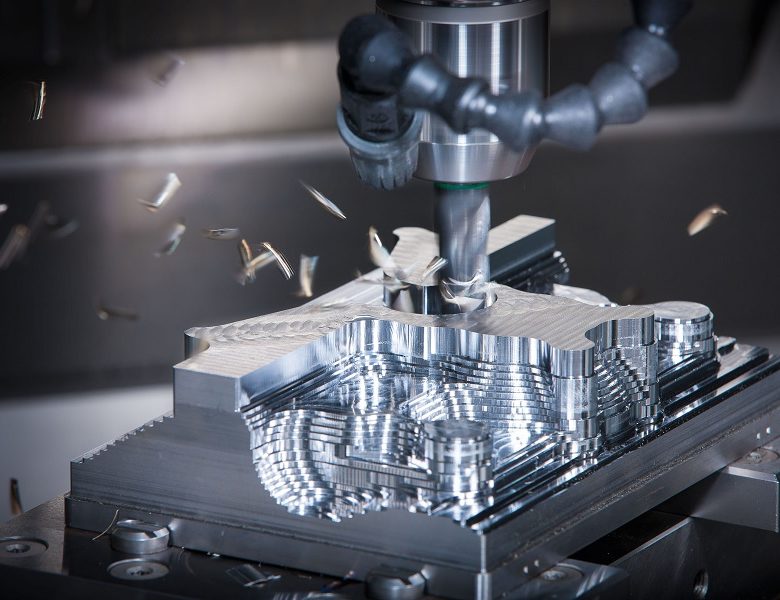Table of Contents
Precision CNC Machining is a process to remove substance from a work surface during holding close tolerance coatings. The precision device has several types, including milling, turning and electrical flow machining. A precision device today is generally controlled utilizing a Computer Numerical Controls (CNC).
High quality precision machining requires the ability to adhere to exceptionally specific plans made by CAD (computer aided design) or CAM (computer aided manufacturing) software like AutoCAD and TurboCAD. The software program can assist create the complex, 3-dimensional representations or lays out required so as to manufacture a tool, equipment or body. These plans have to be complied with great information to make certain that a product preserves its stability. While most precision machining business collaborate with some form of CAD/CAM systems, they still function usually with
More information on CNC machining
CNC machining is a production process in which pre-programmed computer software application determines the movement of factory devices and equipment. The process can be made use of to control a variety of complicated equipment, from mills and turrets to mills and routers. With CNC machining, three-dimensional slicing tasks can be completed in a solitary collection of prompts.
When a CNC system is activated, the wanted cuts are programmed into the software and communicated to matching tools and equipment, which execute the dimensional tasks as specified, similar to a robotic.
In CNC programming, the commands machine within the numerical system will usually assume devices are flawless, despite the likelihood of mistakes, which is higher whenever an equipment is directed to cut in more than one path at the same time. The placement of a tool in a numerical command system is described by a collection of inputs referred to as the component program.
With a numerical operated device, programs are entered through strike cards. By contrast, the programs for CNC machines are inputted to systems though tiny keyboards. CNC commands is retained in a computer’s database. The programming itself is written and edited by coders. For that reason, CNC systems offer much more extensive computational ability. Most importantly, CNC systems are by no means static, given that more recent prompts can be contributed to pre-existing programs through revamped code.
Defence Applications
A variety of defence applications, from communication tools to tank components, can be obtained from a CNC machining specialist supplier. Defence sector partners, however, need to have the exact same dedication to high quality with reputable shipment to make sure that vital CNC made elements satisfy rigorous market requirements and comply with the required federal government security codes. In this sector there is no space for mistake; specifications must be met and device devices kept an eye on for wear and tear. CNC machines conduct their very own in-process dimension and quality control, inherent to the machining operation, which ensures essential parts are replicated identically, nonetheless huge the amount.




